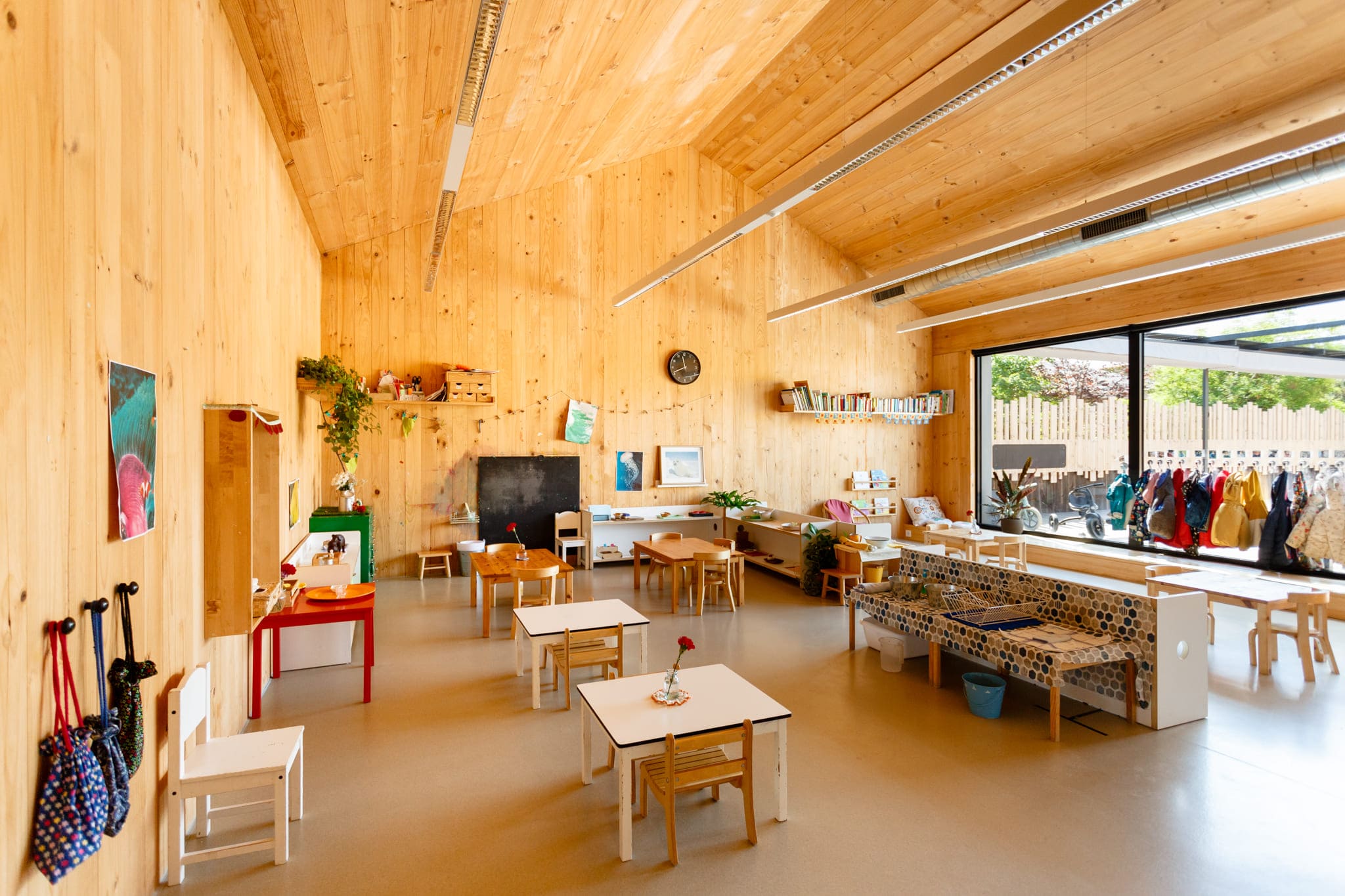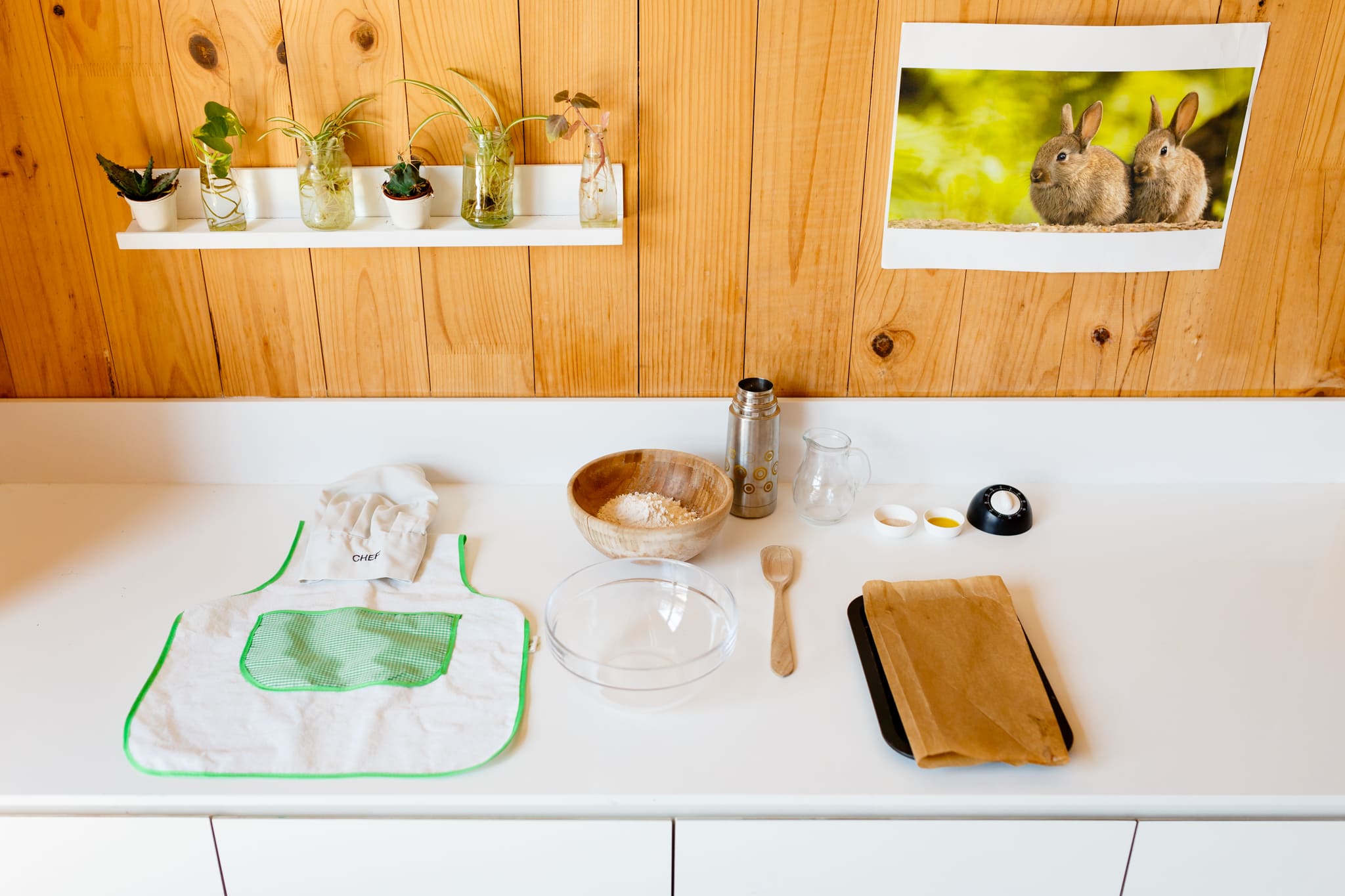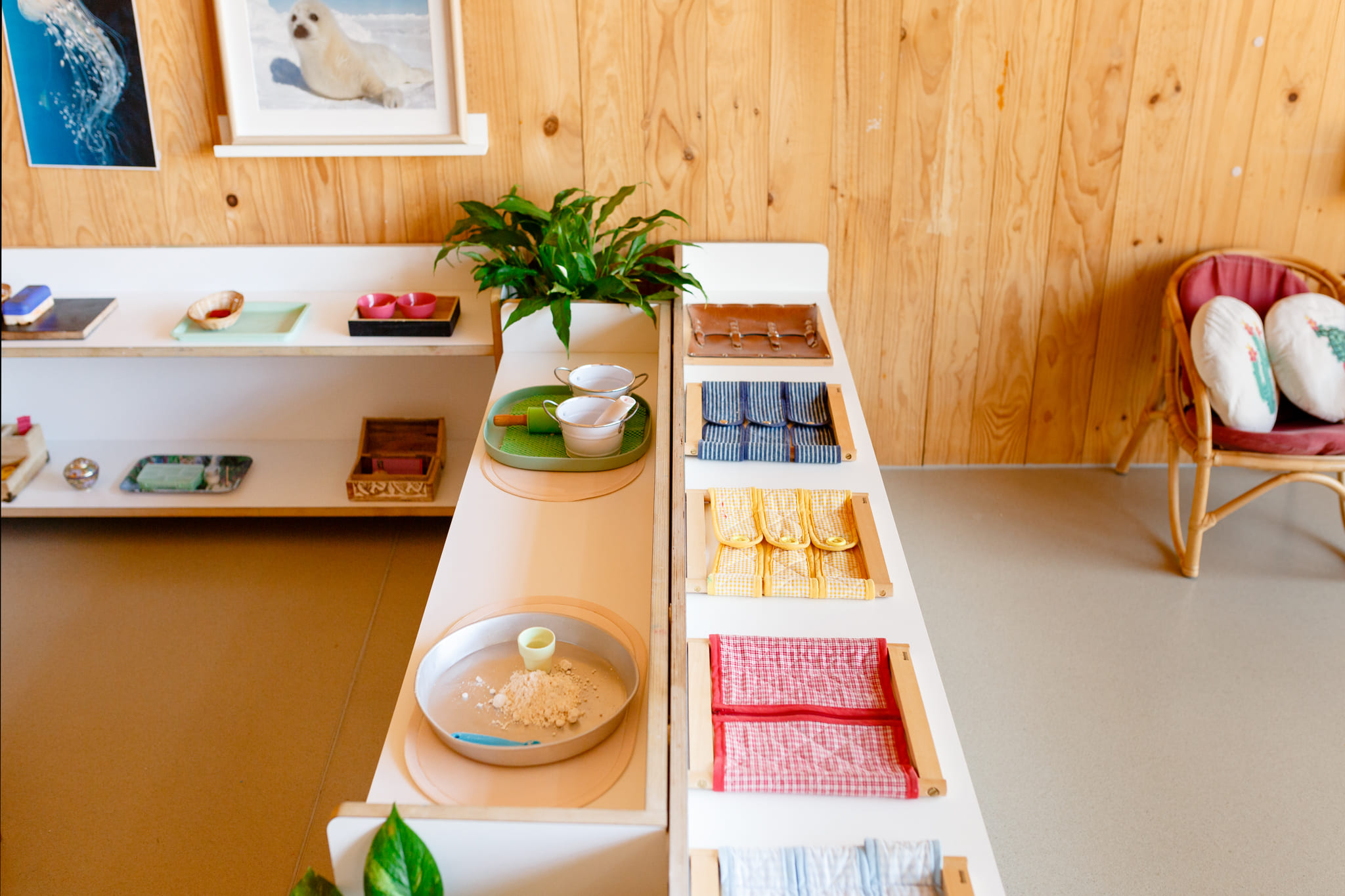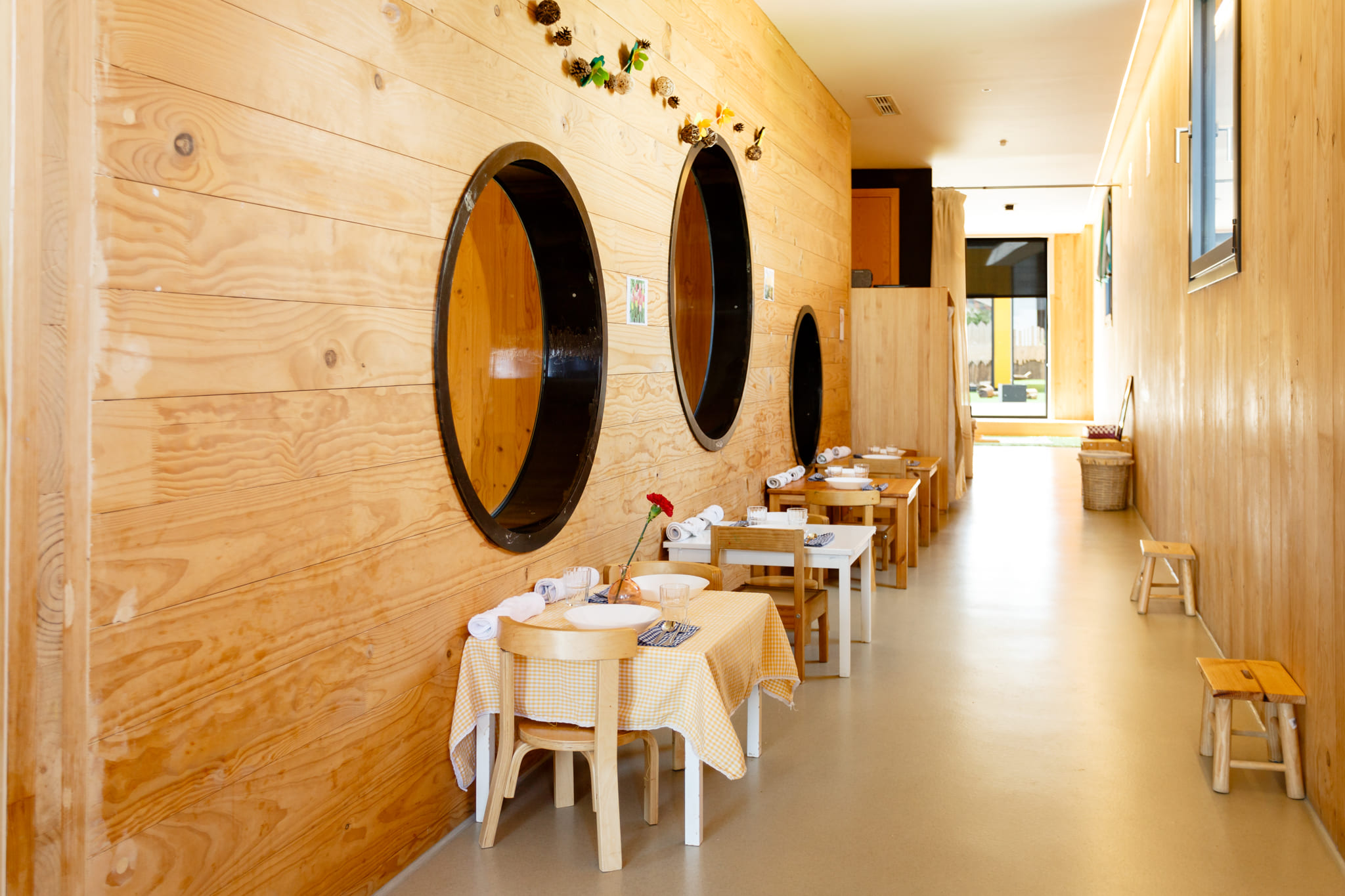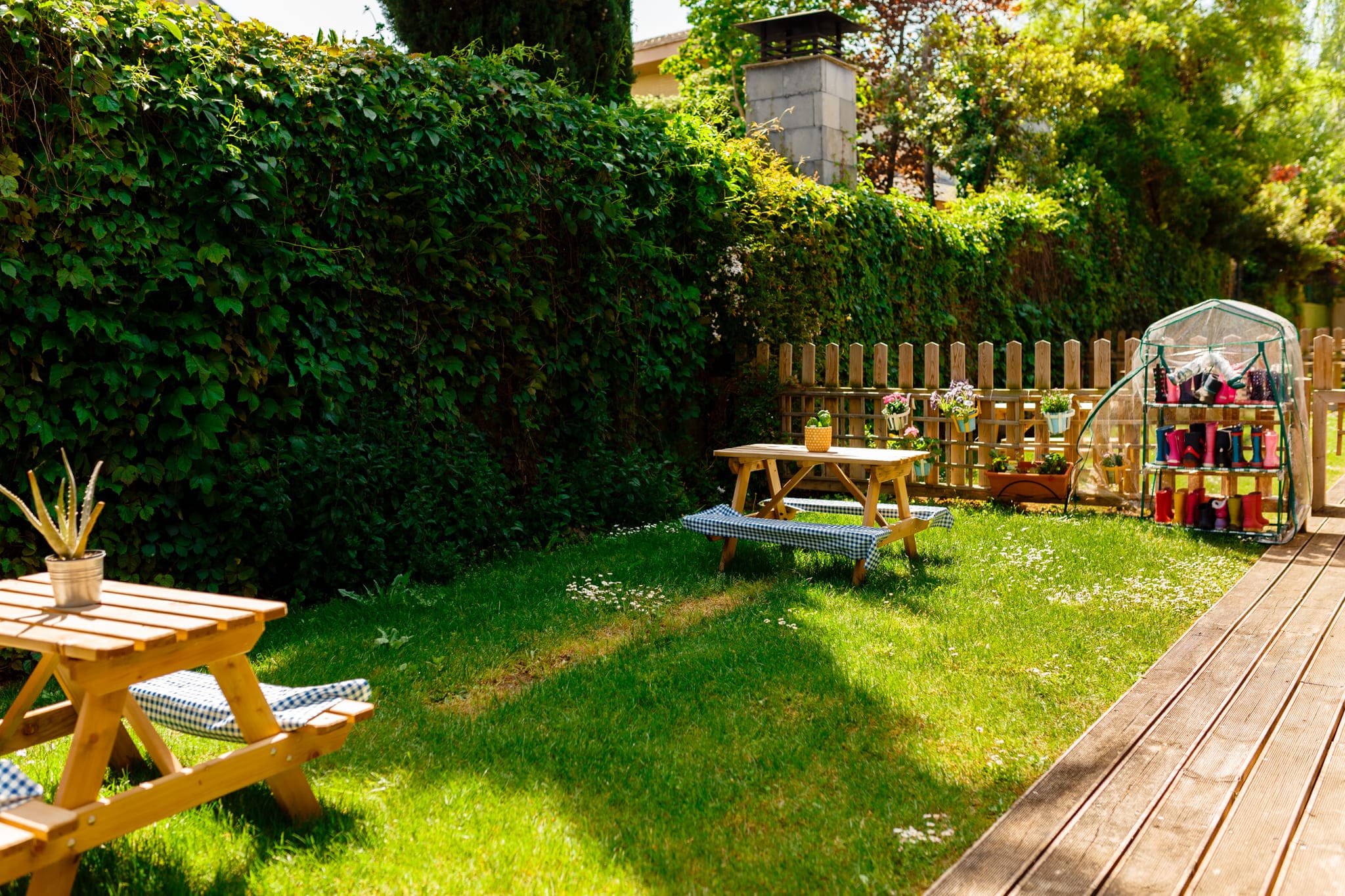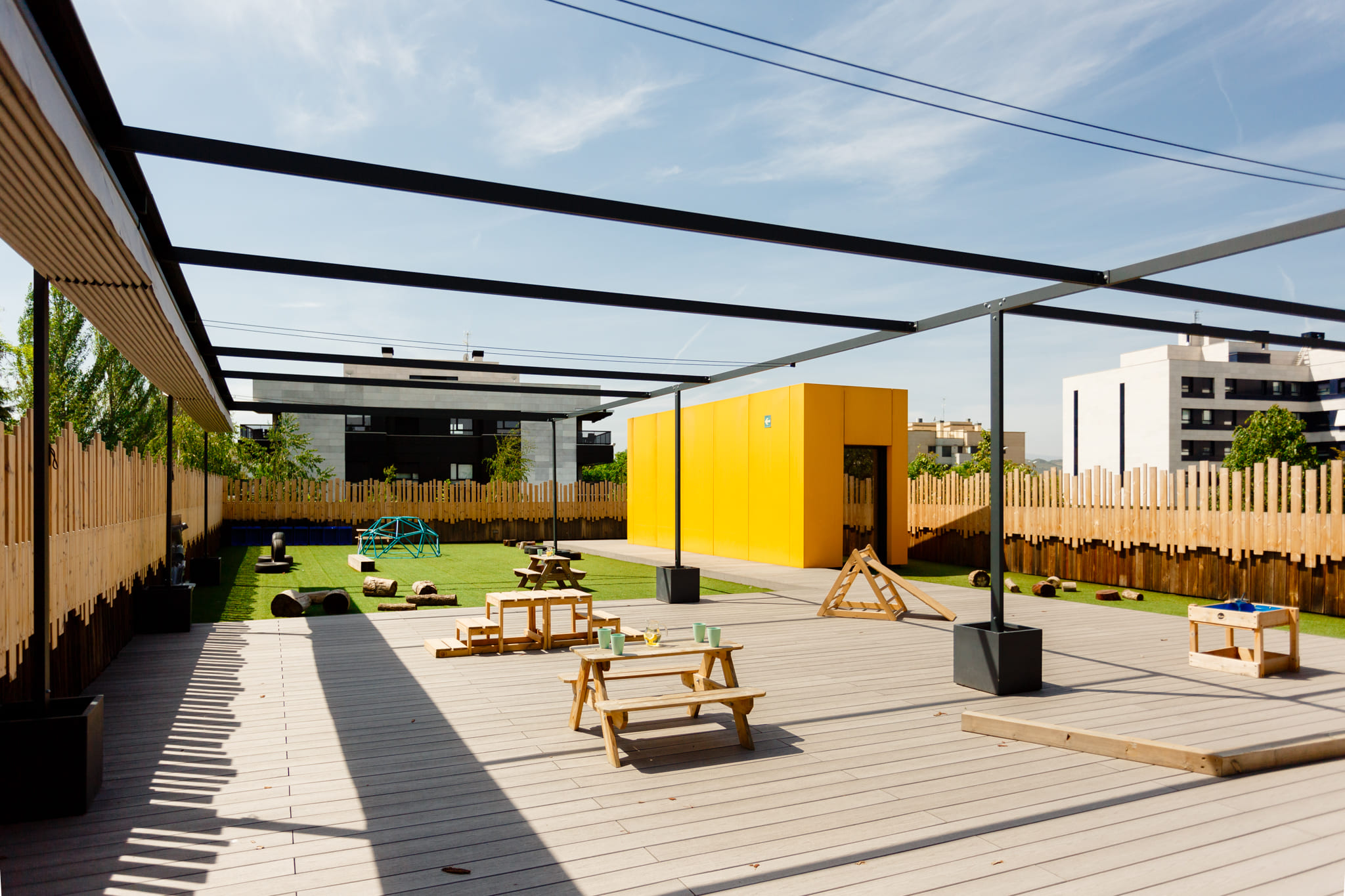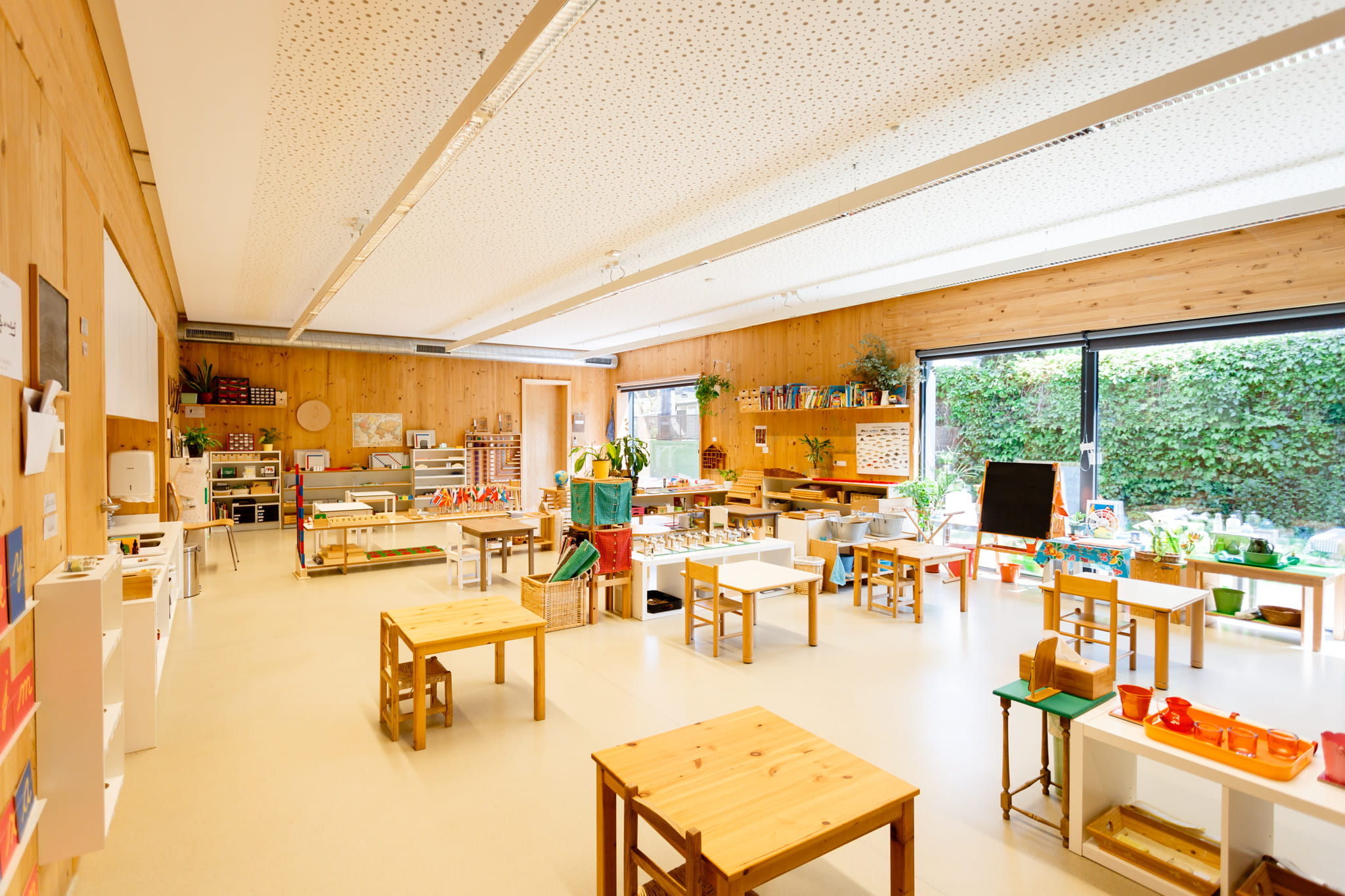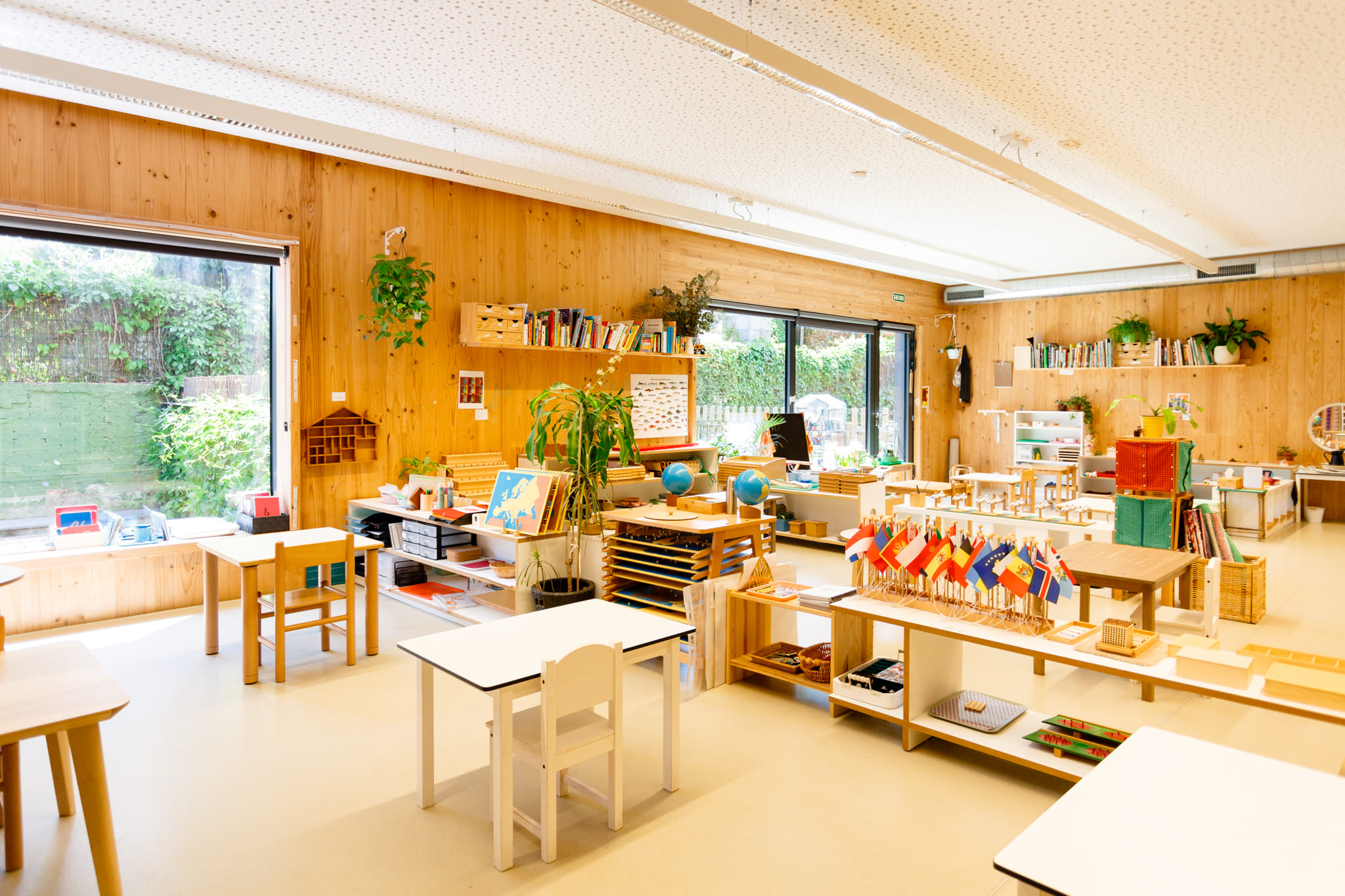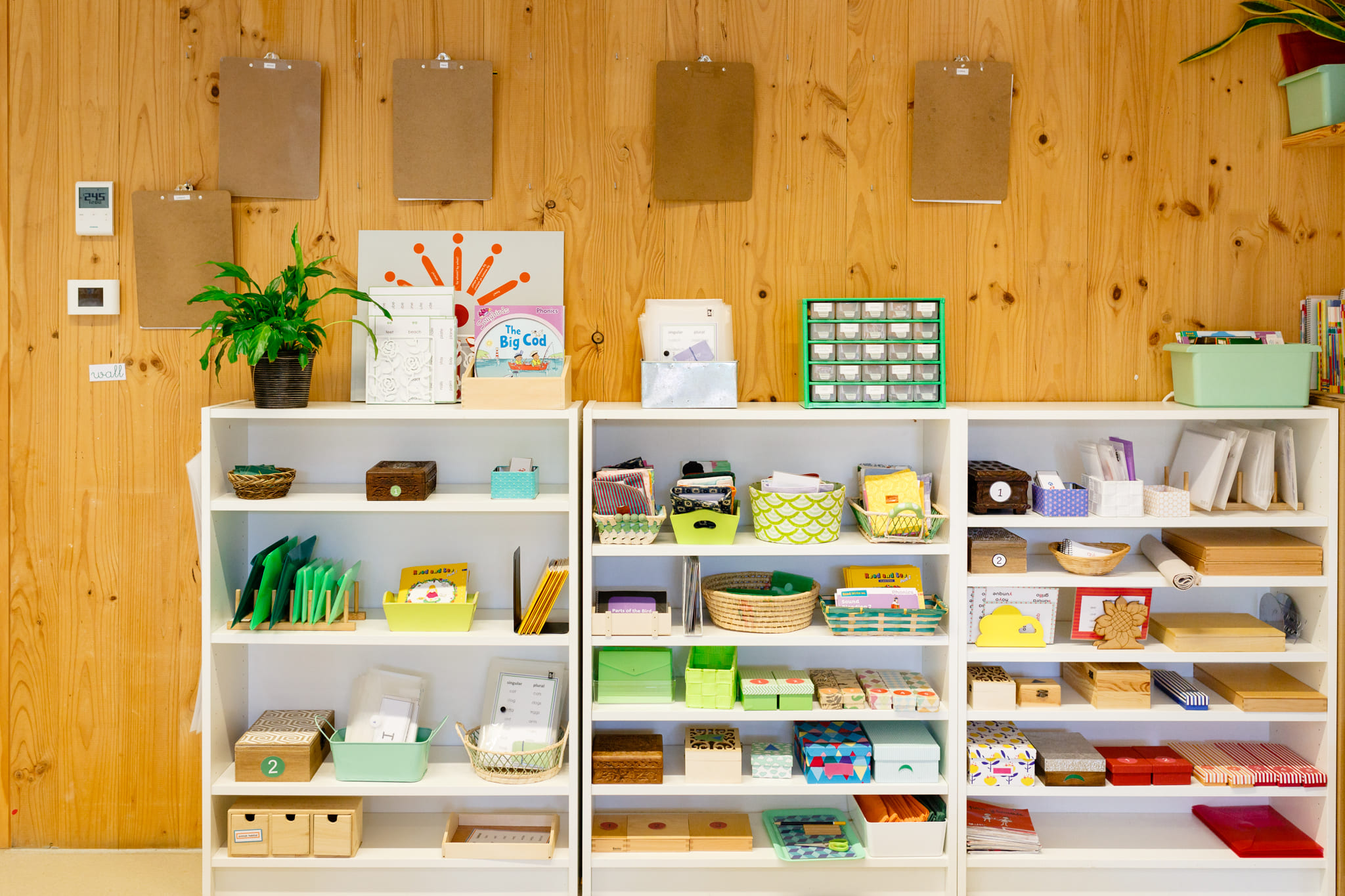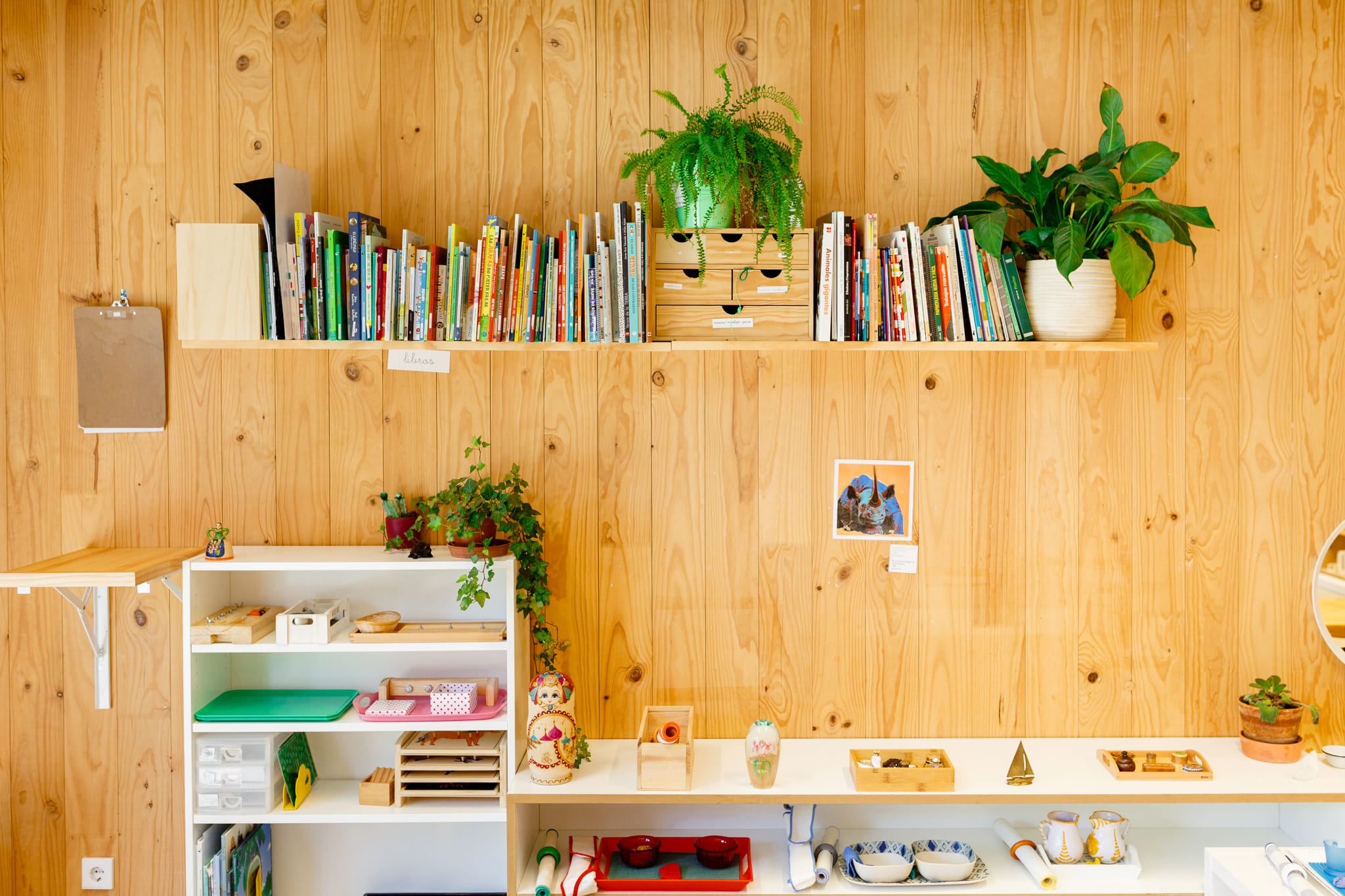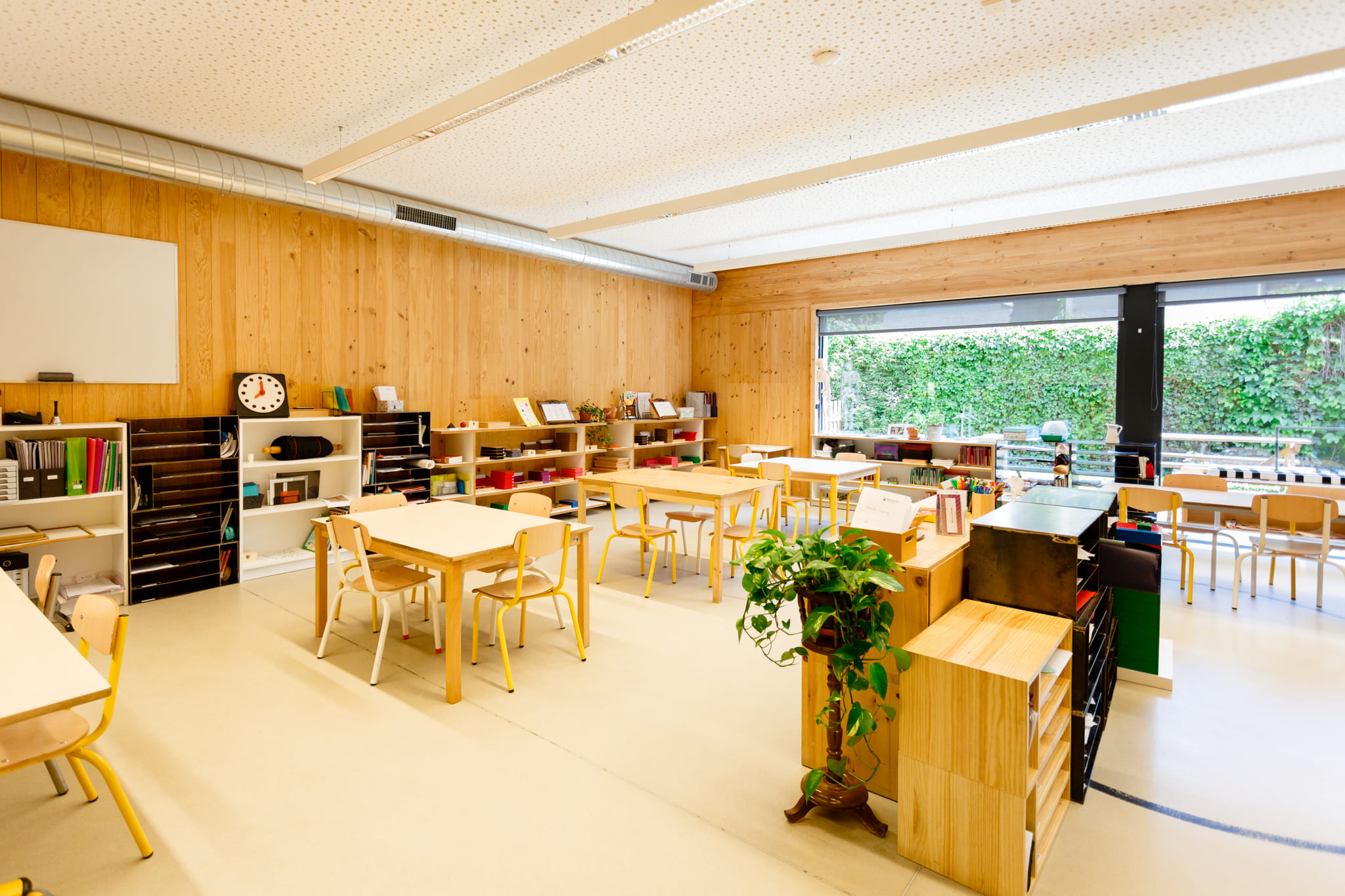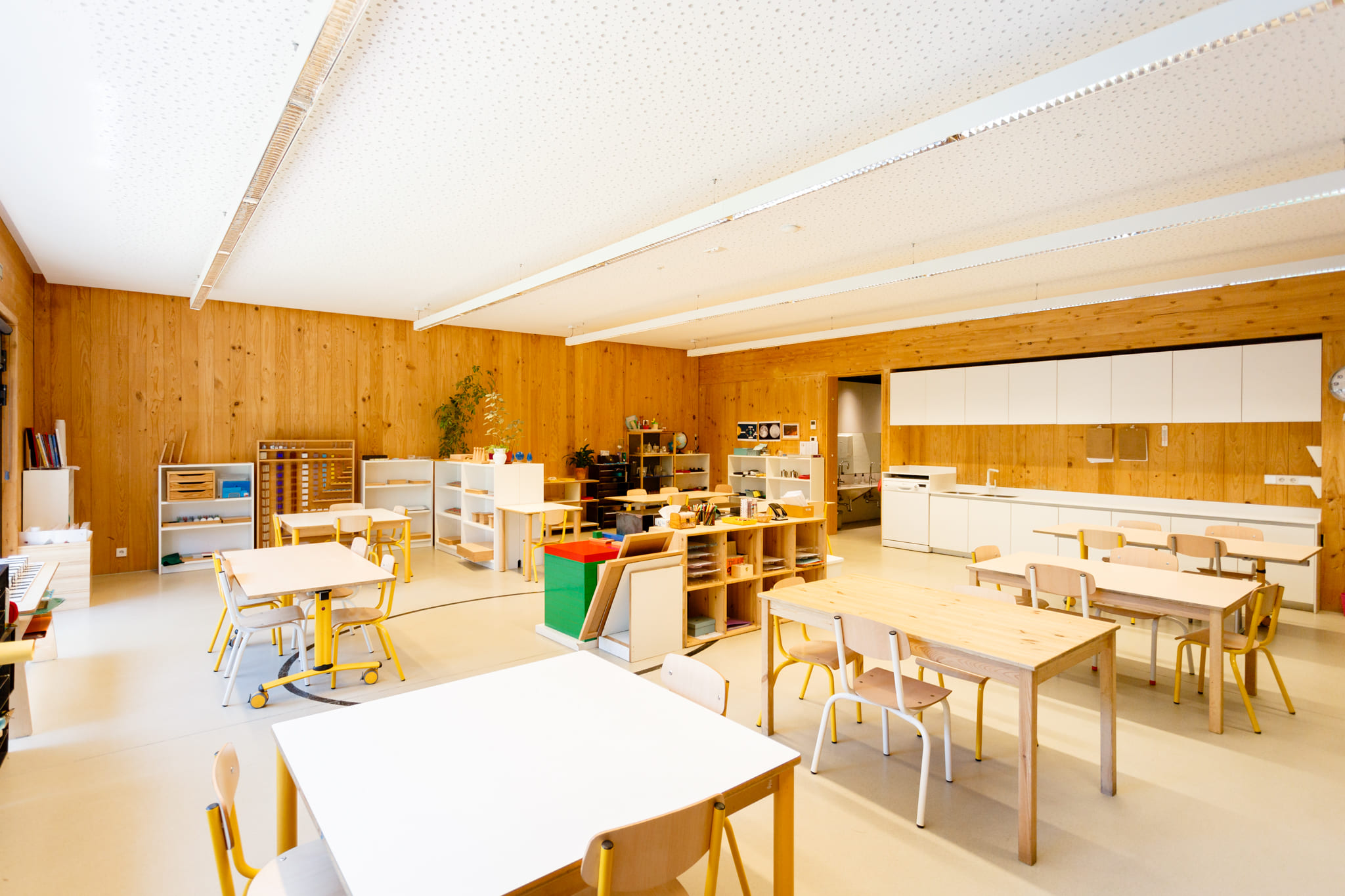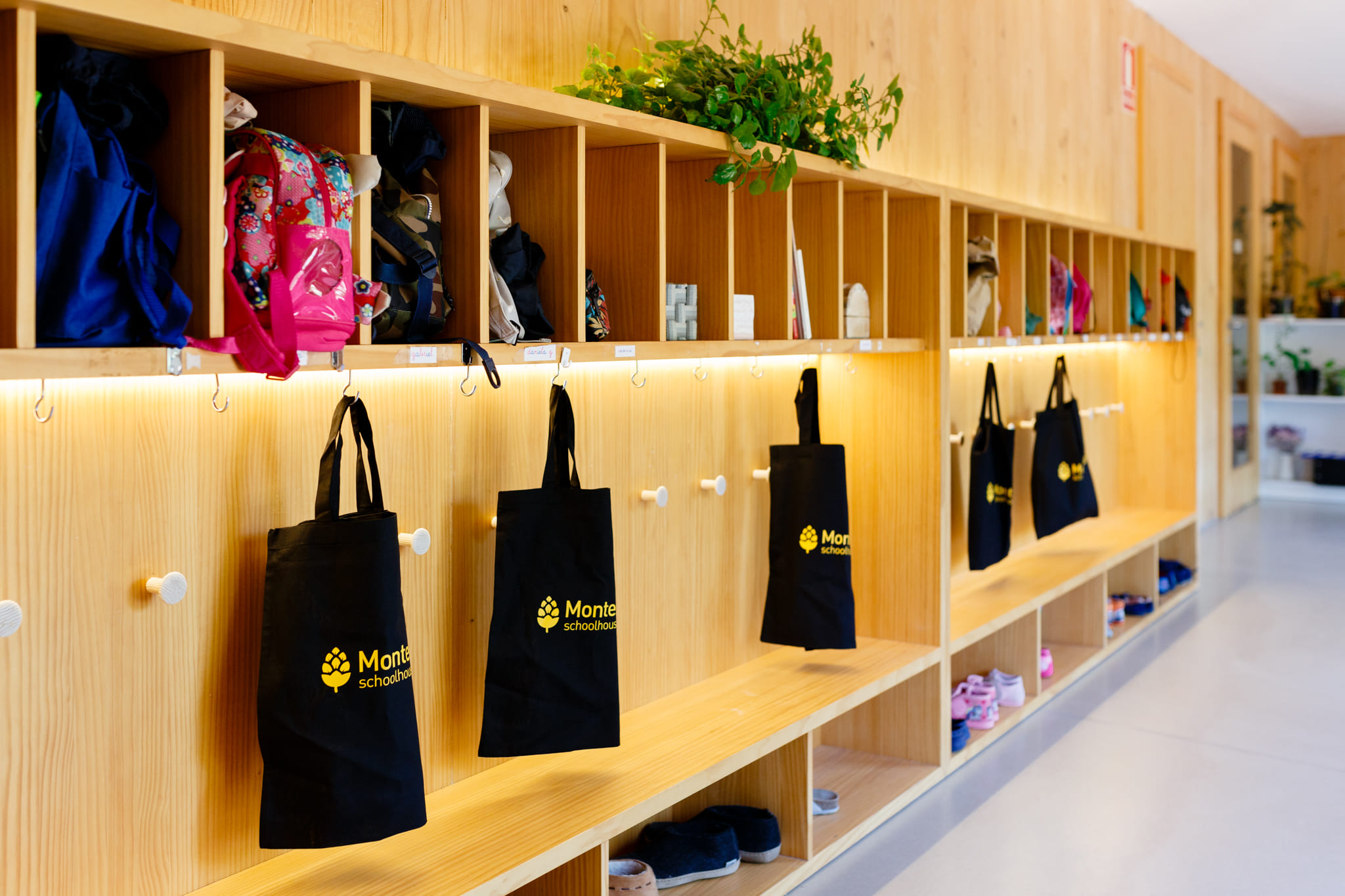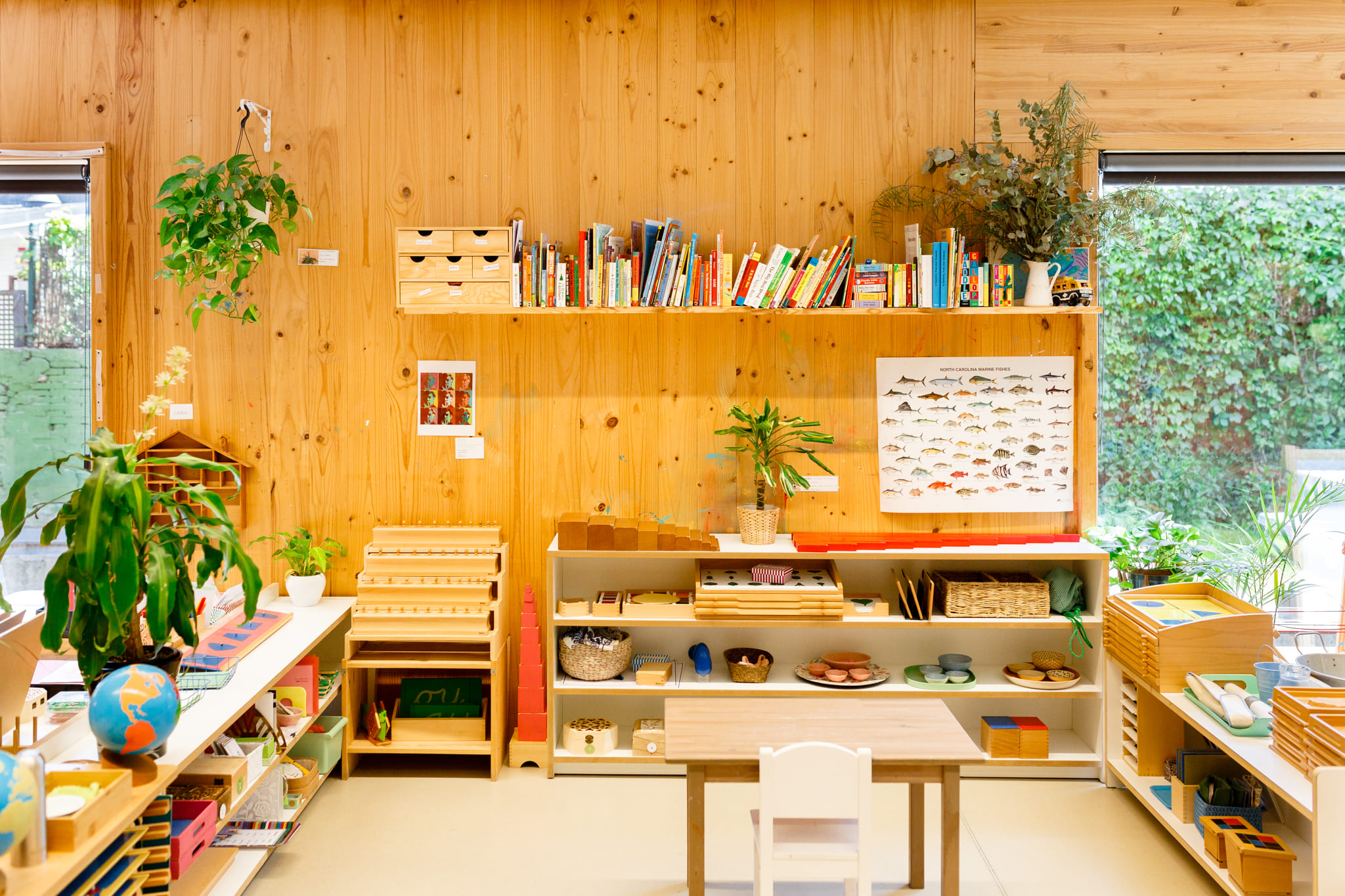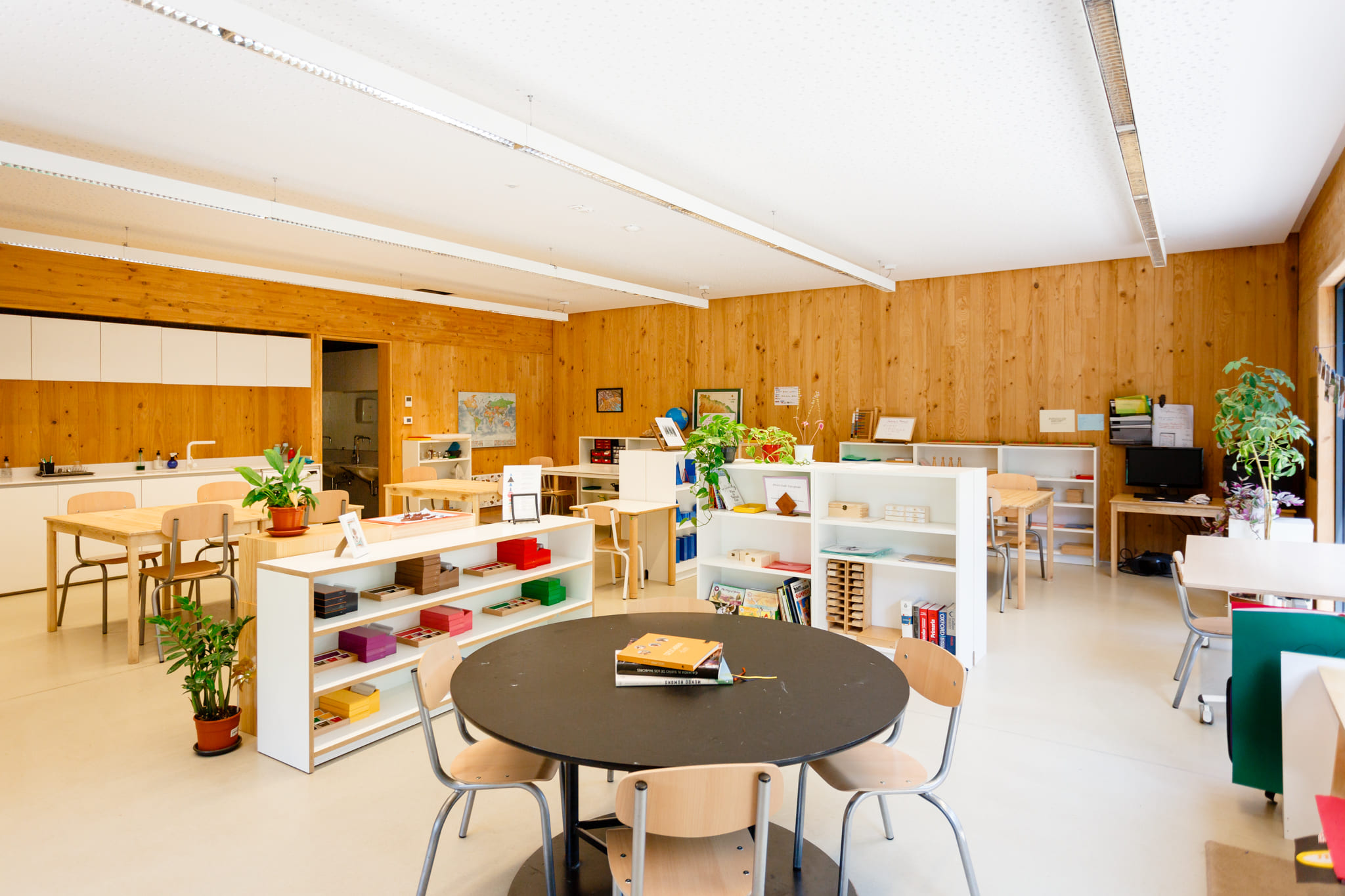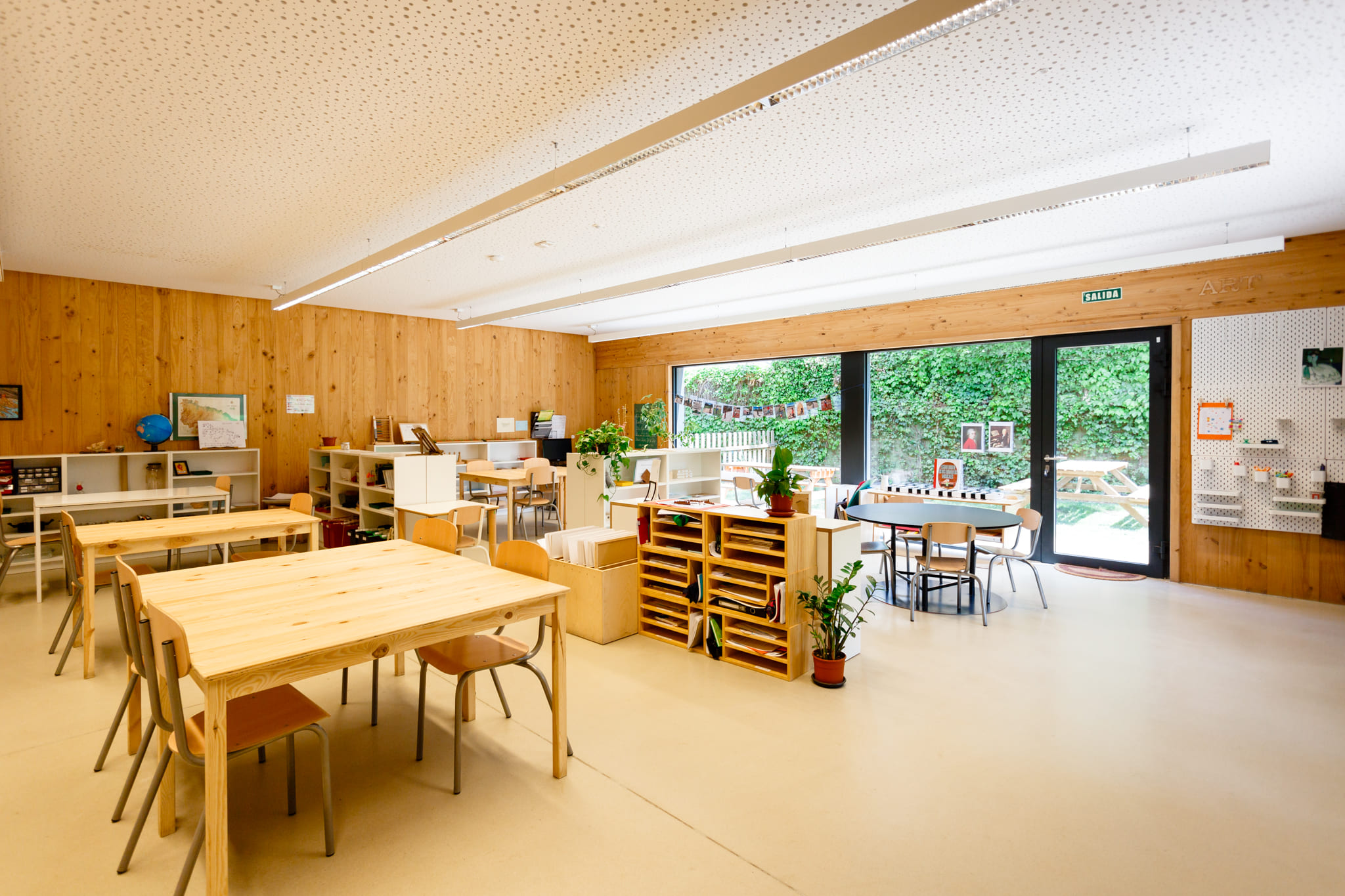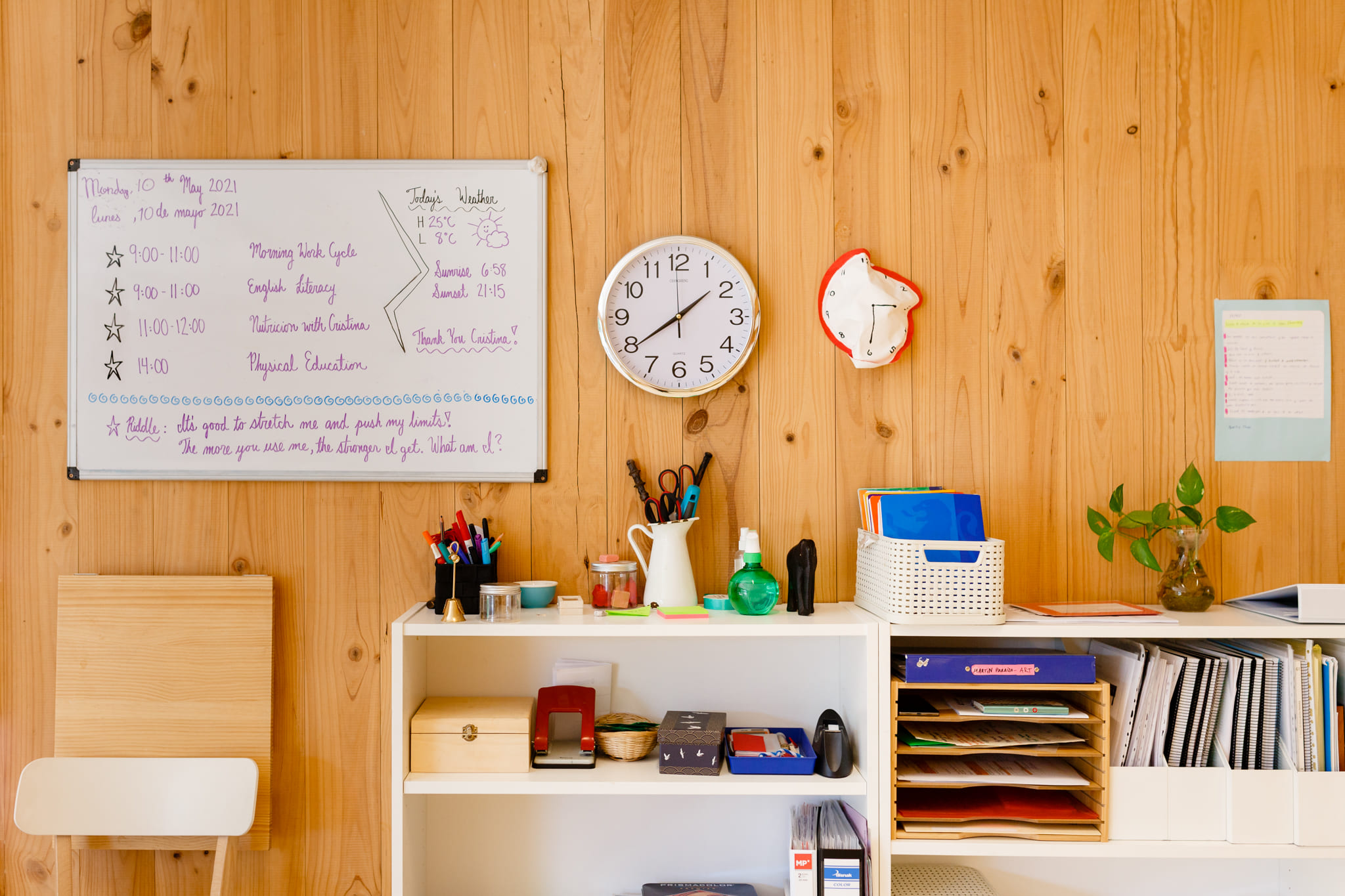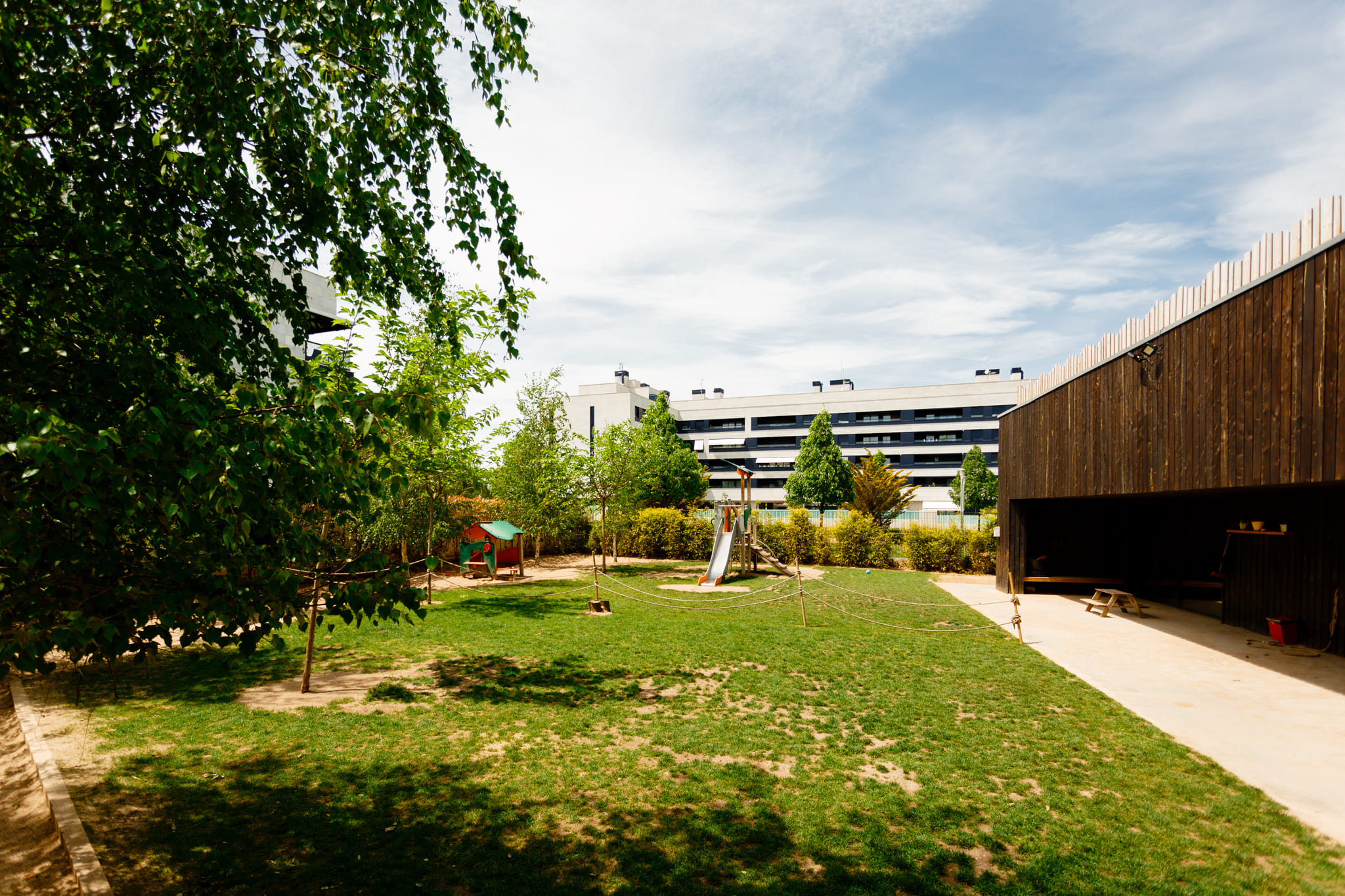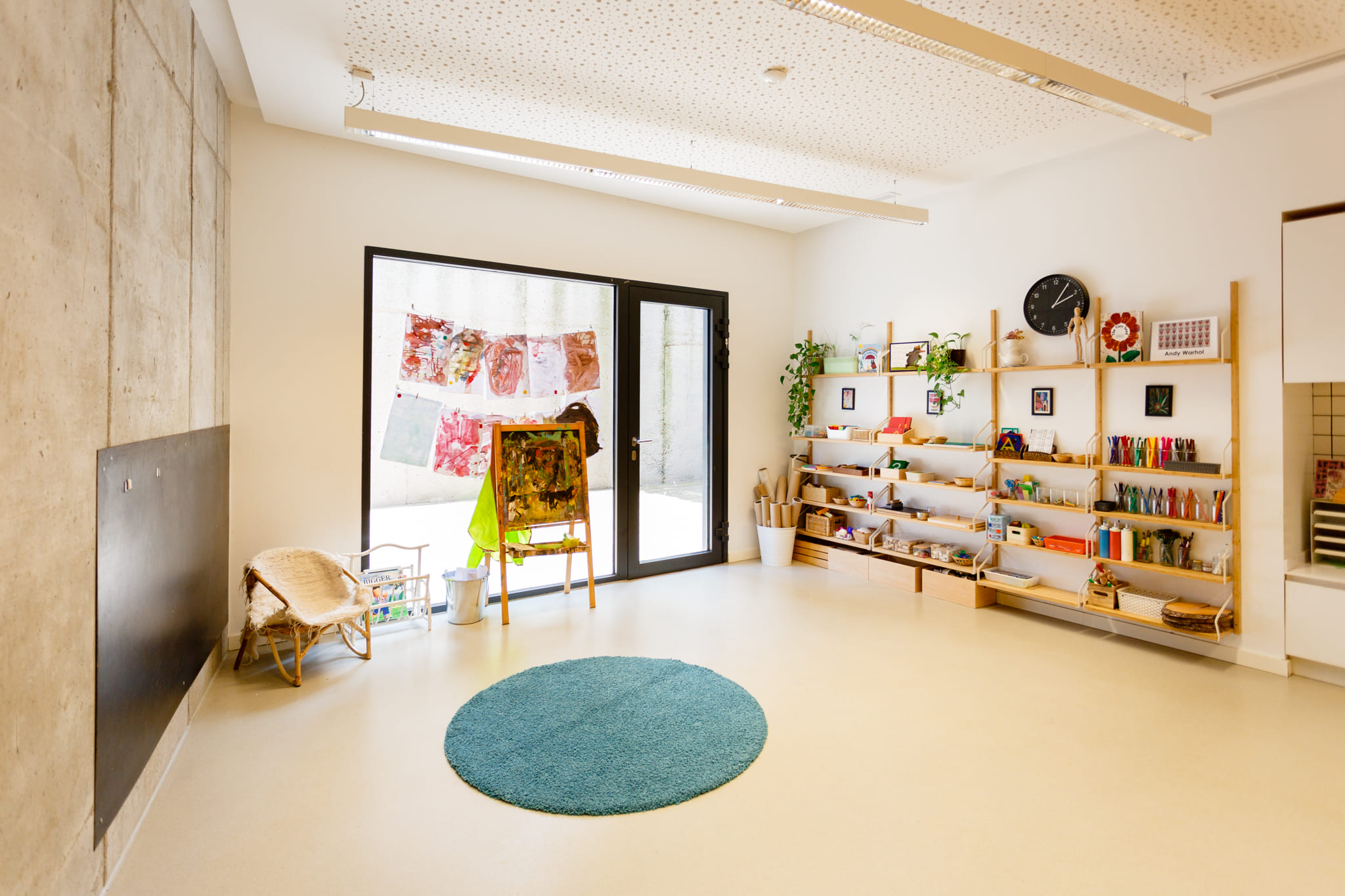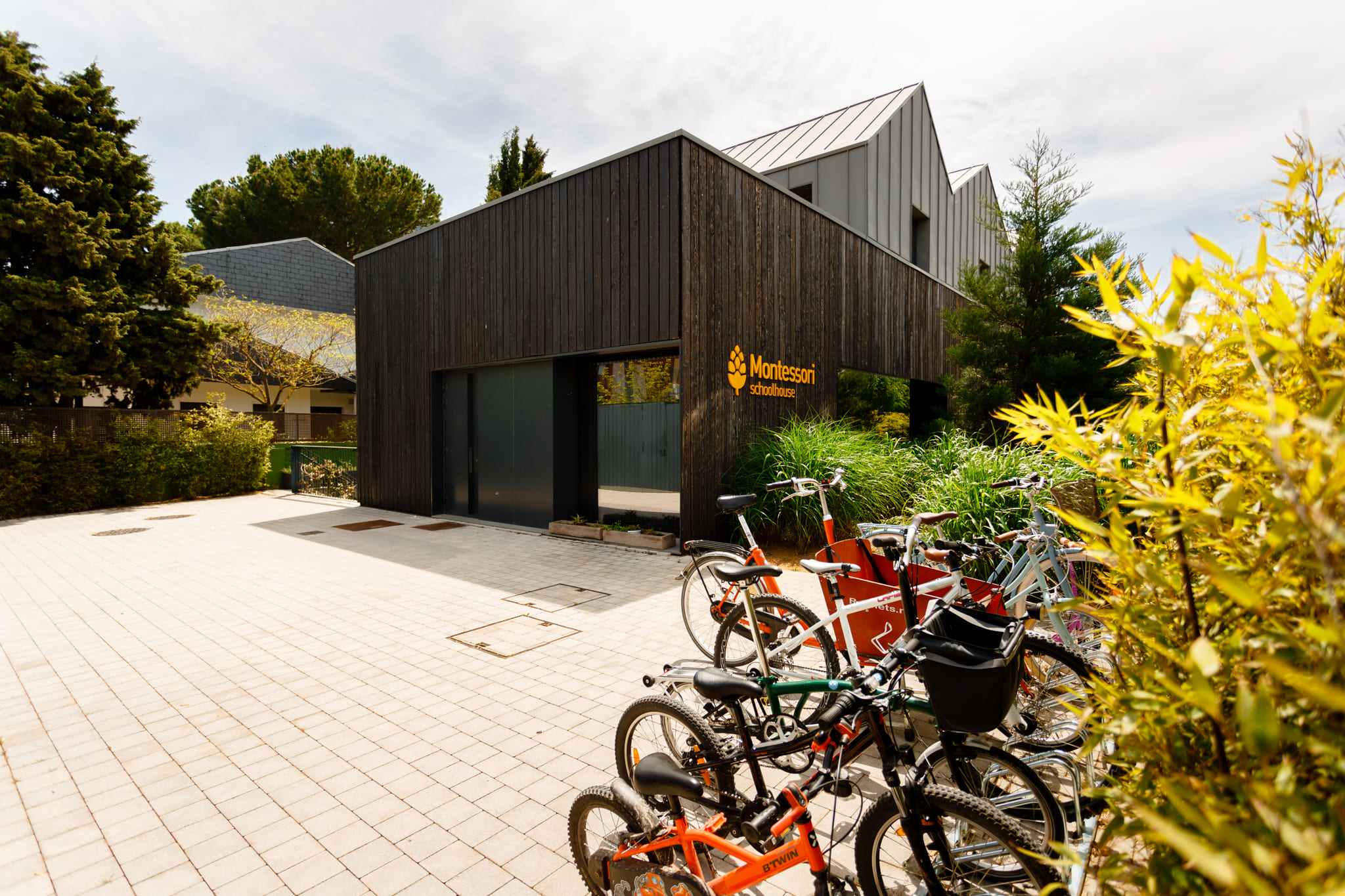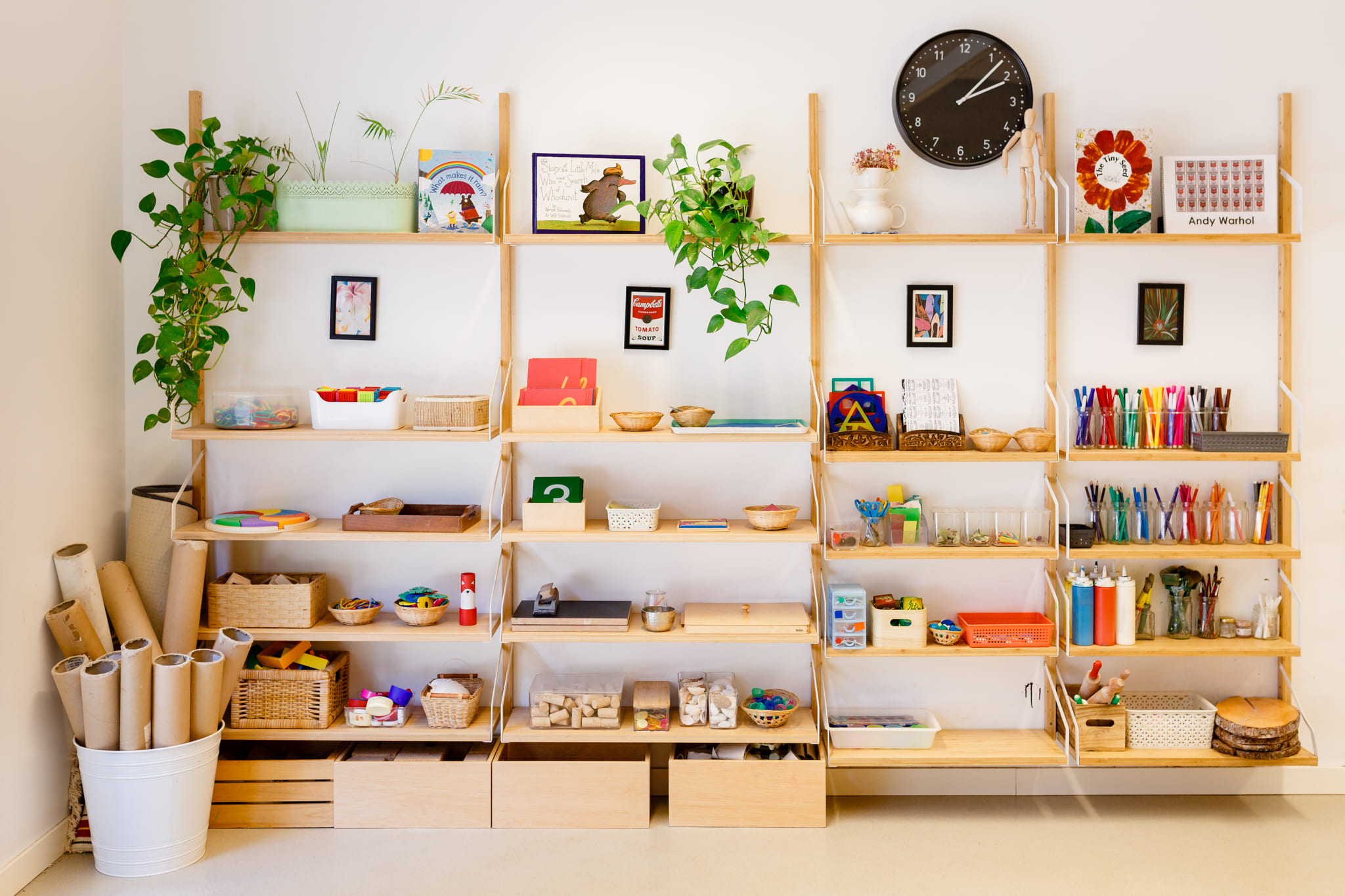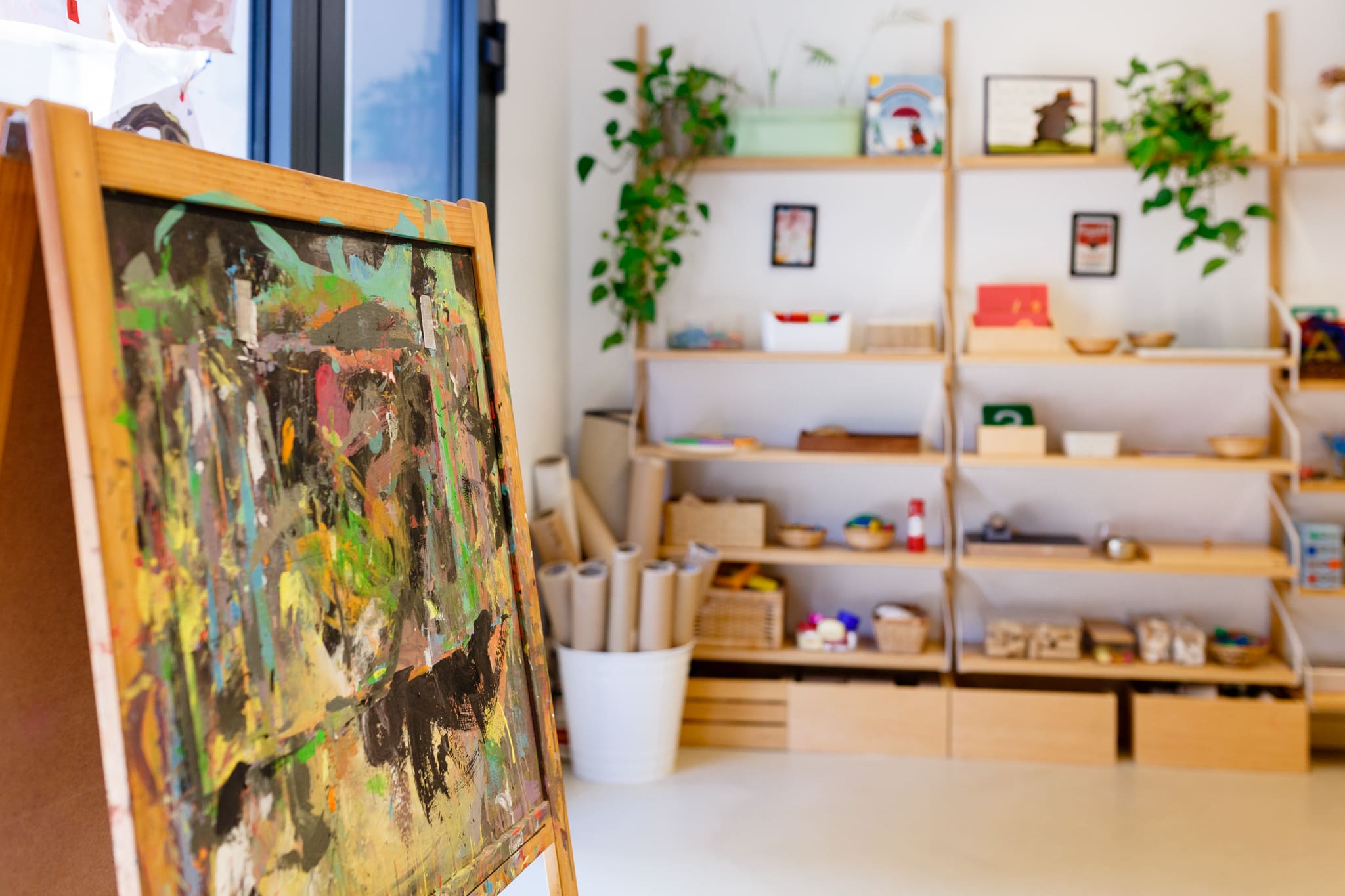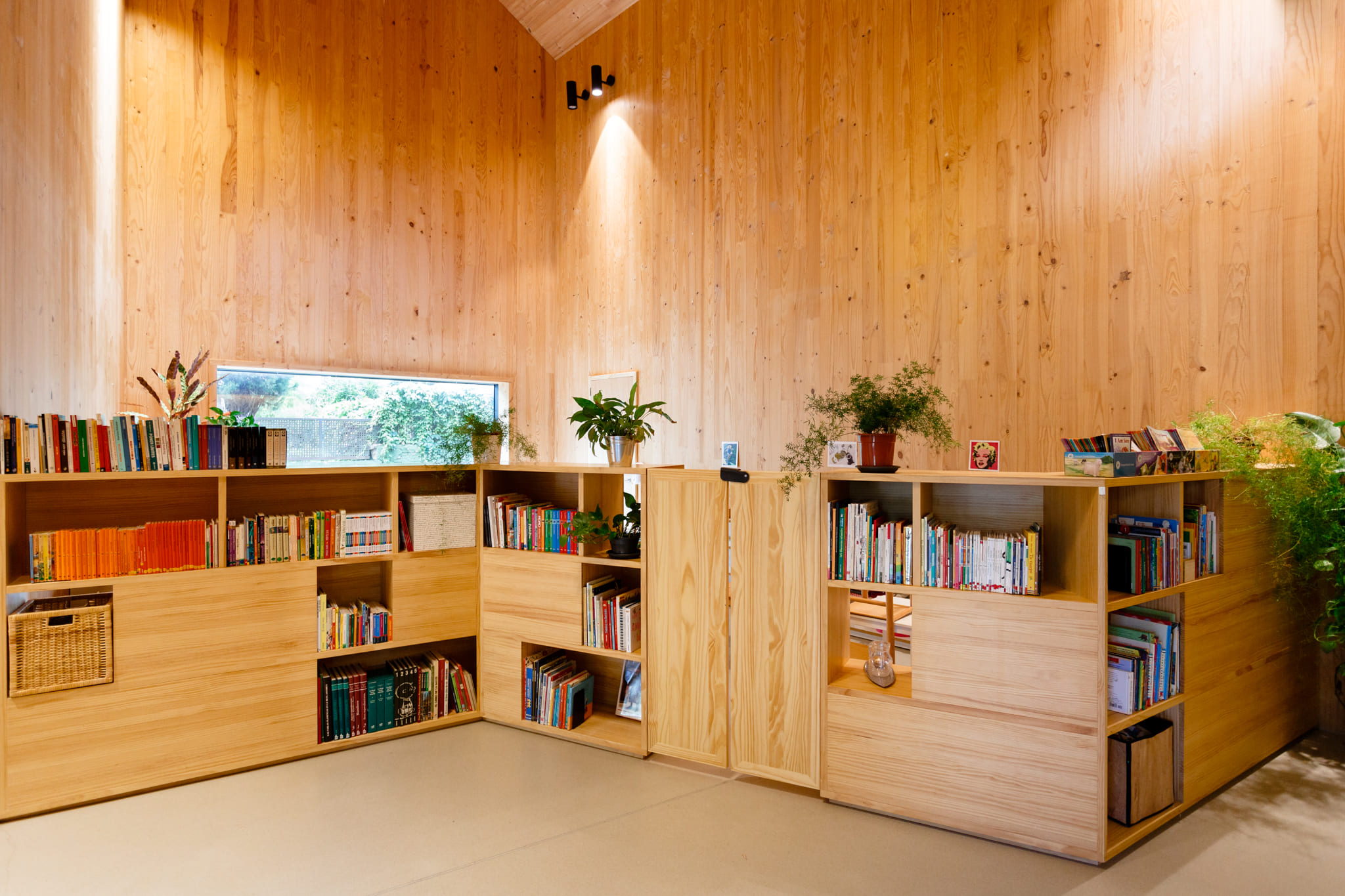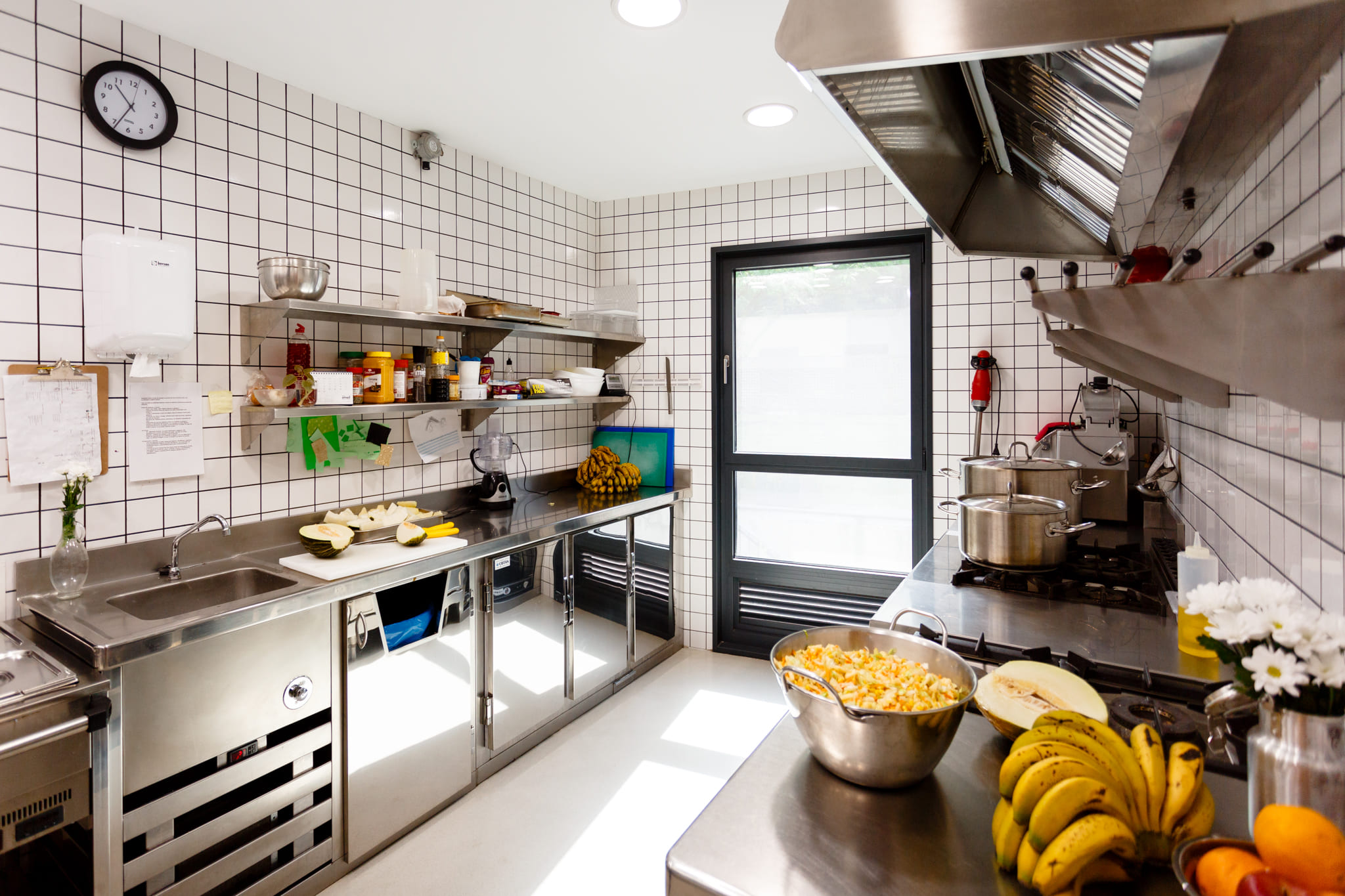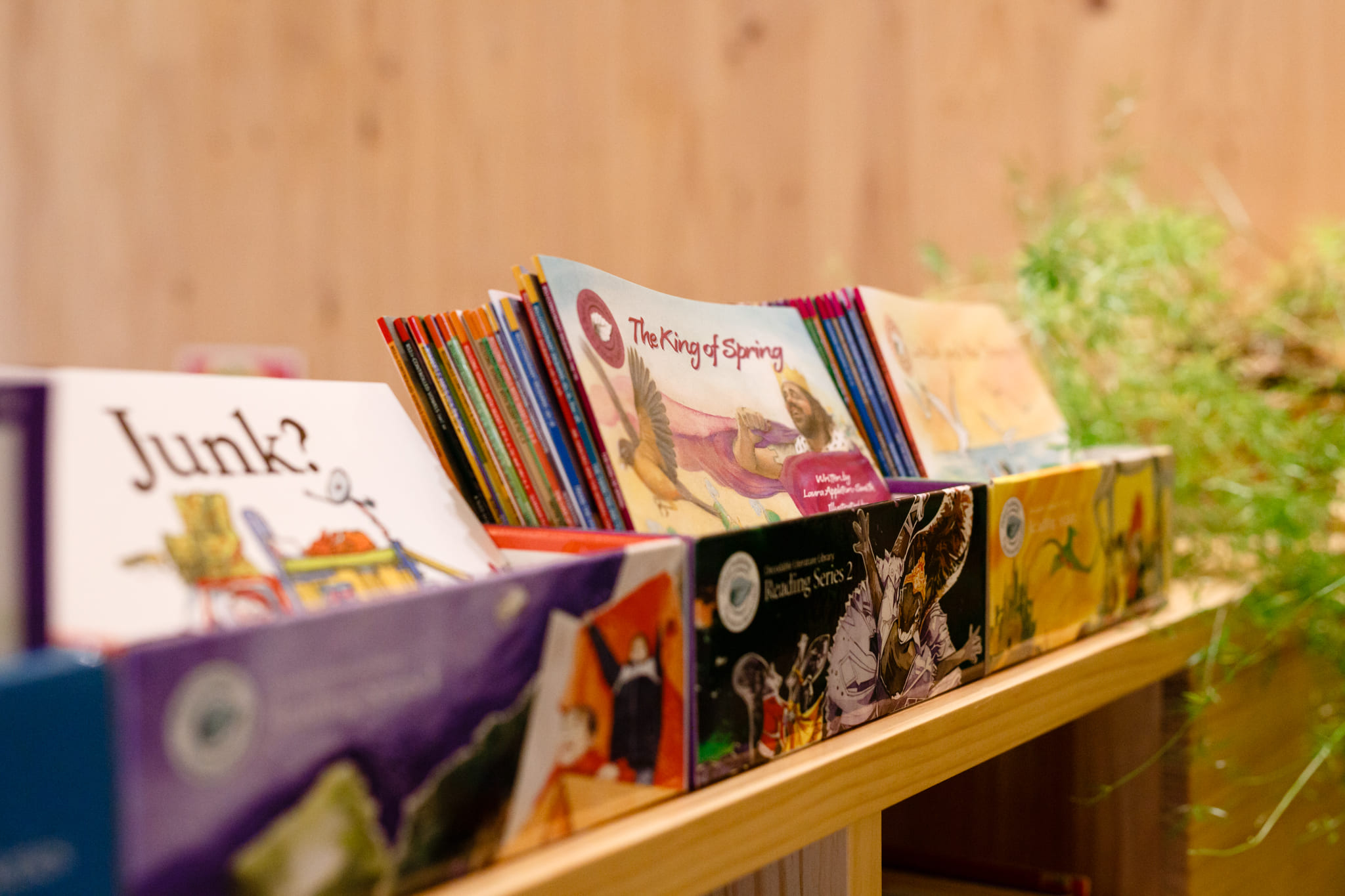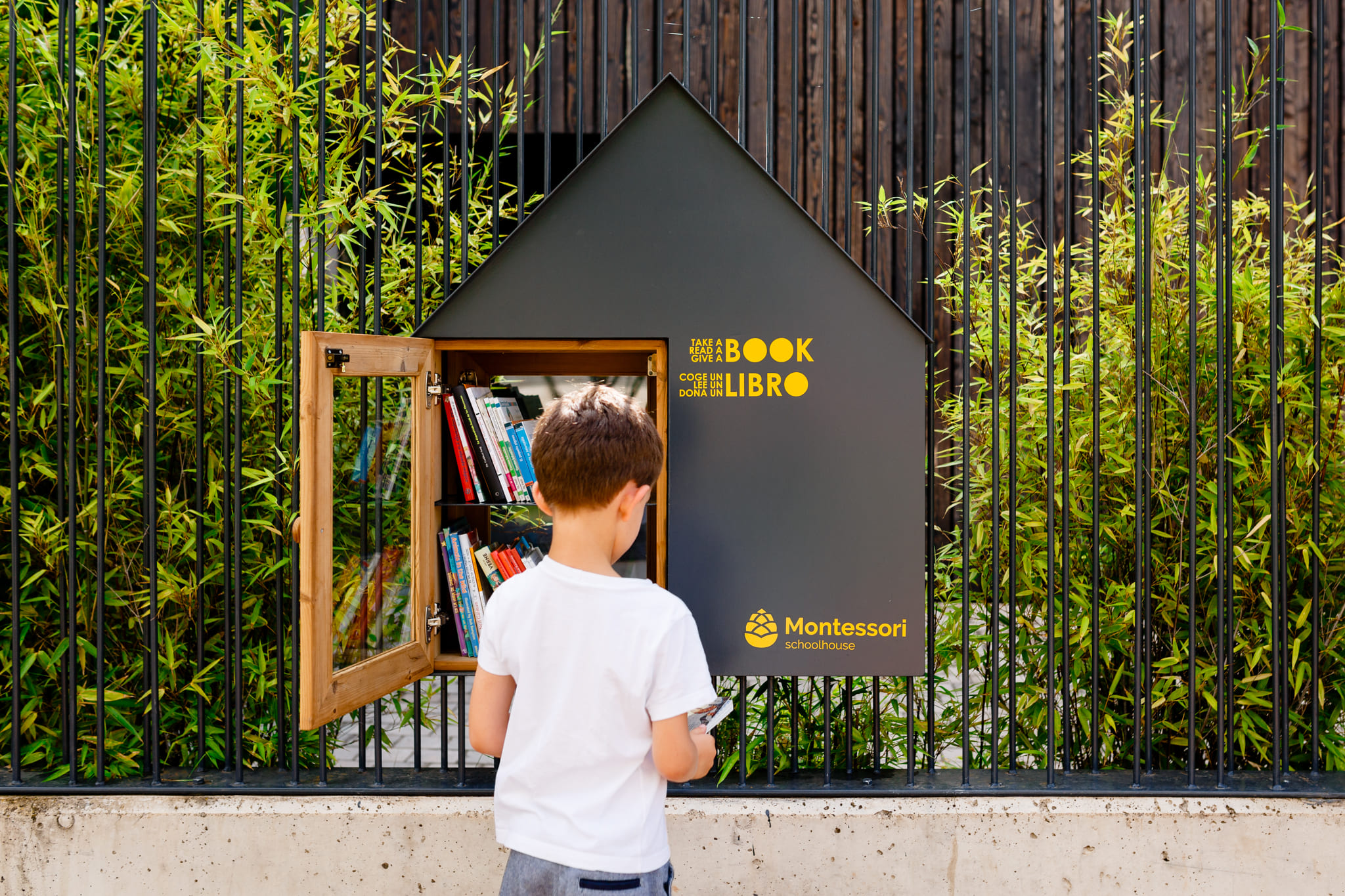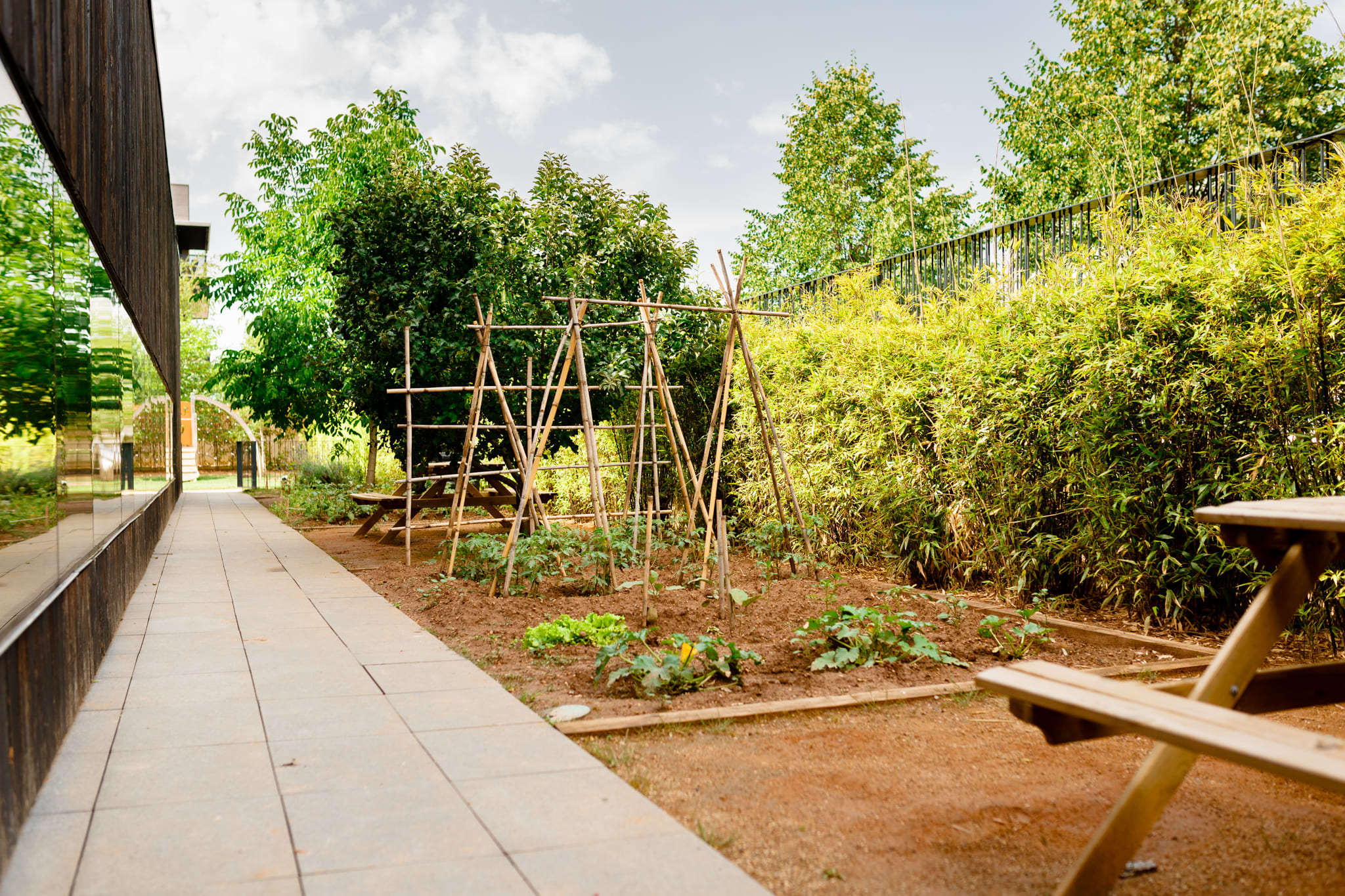The school
Montessori Schoolhouse is a bilingual, secular, international preschool and elementary school whose educational mission is based on the pedagogical principals of the Montessori method: the approach responds to the child in terms of their specific developmental needs, respecting each child´s individual learning pace and allowing the child to actively participate in their own learning process.
Located in Logroño, the school began with the purpose of offering Rioja families a new type of school. In September, 2015, the school began with a preschool class. We have continued to grow each year, currently fulfilling the needs of students from preschool through Elementary.
As an international American school, Montessori Schoolhouse is 100% bilingual: each classroom has at least two guides, each of whom speaks in their native language (English or Spanish) to the children. In this way, English is always present in the school´s daily routine and the children acquire this second language in a natural way.
Montessori Schoolhouse Logroño fully complies with the requirements as laid forth by the Association Montessori Internationale (AMI), whose mission is to protect and preserve Maria Montessori´s legacy, as well as to continually improve that legacy through ongoing research into educational materials. The AMI requirements include: guides trained at one of the AMI institutions, groups of mixed ages, prepared environments, and complete Montessori material for each stage.






